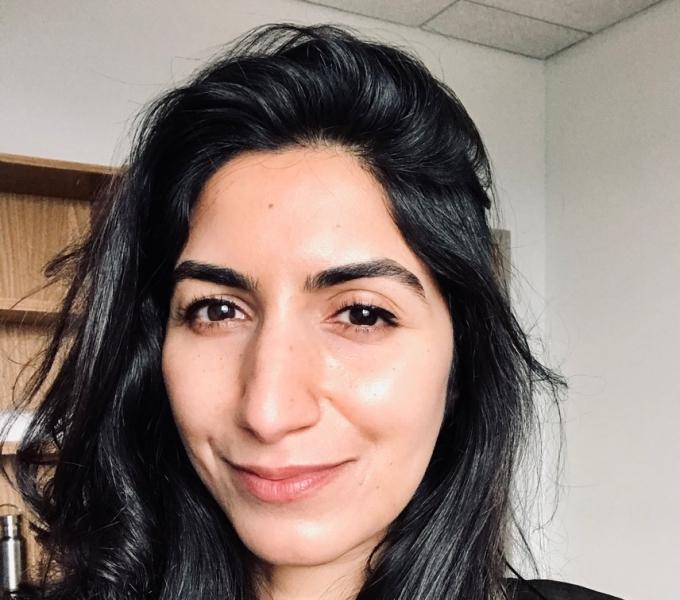- PhD Neuroscience, University of California, Berkeley (2011)
Education & Training
Neural circuits for perceptual flexibility
Our goal is to understand the neural mechanisms that support flexible behavior. For example, sounds encountered in daily life are rarely neutral: you may not notice the sound of a honking horn while stuck in traffic but one heard while crossing the street might startle you. How do we learn to interpret what we hear and act on it? Specifically, we investigate how the brain constructs flexible neuronal representations during adaptive behaviors, how these behaviors are gated during learning, and how the population dynamics underlying these behaviors is disrupted in hearing disorders. We study rodents to leverage advanced genetic tools for probing neural circuits and their ability to quickly learn complex behavioral paradigms. By incorporating a wide range of techniques – behavioral paradigms, neural recordings, computational modeling, circuit mapping, and optogenetics -we seek to identify neural coding principles underlying perceptual flexibility in large-scale auditory networks.
Insanally MN, Carcea I, Field R, Rodgers C, DePasquale B, Rajan K, DeWeese M, Albanna BF & Froemke RC. (2019) Spike-timing-dependent ensemble encoding by non-classically responsive cortical neurons. eLife 2019;8: e42409
Insanally MN & Froemke RC. (2019) Developmental cortical plasticity in the central auditory system. Oxford Handbook of Developmental Neural Plasticity, Oxford University Press
Ebbesen C, Insanally MN, Kopec C, Murakami M, Saiki A & Erlich J. (2018) More than just a “motor”: Recent surprises from frontal cortex. Journal of Neuroscience, 38(44): 9402-9413.
Woods V, Trumpis M, Bent B, Chiang CH, Wang C, Insanally MN, Froemke RC & Viventi J. (2018) Long-term recording reliability of liquid crystal polymer µECoG arrays. Journal of Neural Engineering, 15(6): 066024.
Carcea I, Insanally MN, & Froemke RC (2017) Dynamics of cortical activity during behavioral engagement and auditory perception. Nature Communications 8: 14412.
Trumpis MJ, Insanally MN, Zou J, Elsharif A, Ghomashchi A, Artan NS, Froemke RC & Viventi J (2017) A low-cost, scalable, current-sensing digital headstage for high-channel count µECoG. Journal of Neural Engineering 14(2):026009.
Insanally MN, Trumpis MJ, Wang C, Chiang C, Woods V, Bossi S, Froemke RC, & Viventi J (2016) A low-cost, multiplexed µECoG system for high-density recordings in freely-moving rodents. Journal of Neural Engineering, 13(2): 026030.
King J, Insanally MN, Jin M, Martins AR, D’amour JA, & Froemke RC (2015) Rodent auditory perception: Critical band limitations and plasticity. Neuroscience. 296: 55-65.
Insanally MN, Albanna BF, & Bao, S (2010) Pulsed noise experience disrupts complex sound representations. Journal of Neurophysiology, 103(5): 2611-17.
Insanally MN, Kover H, Kim H, & Bao, S (2009) Feature-dependent sensitive periods in the development of complex sound representations. Journal of Neuroscience, 29(17): 5456-62.
Han YK, Kover H, Insanally MN, Semerdjian JH & Bao, S (2007). Early experience impairs perceptual discrimination. Nature Neuroscience 10, 1191-1197.
